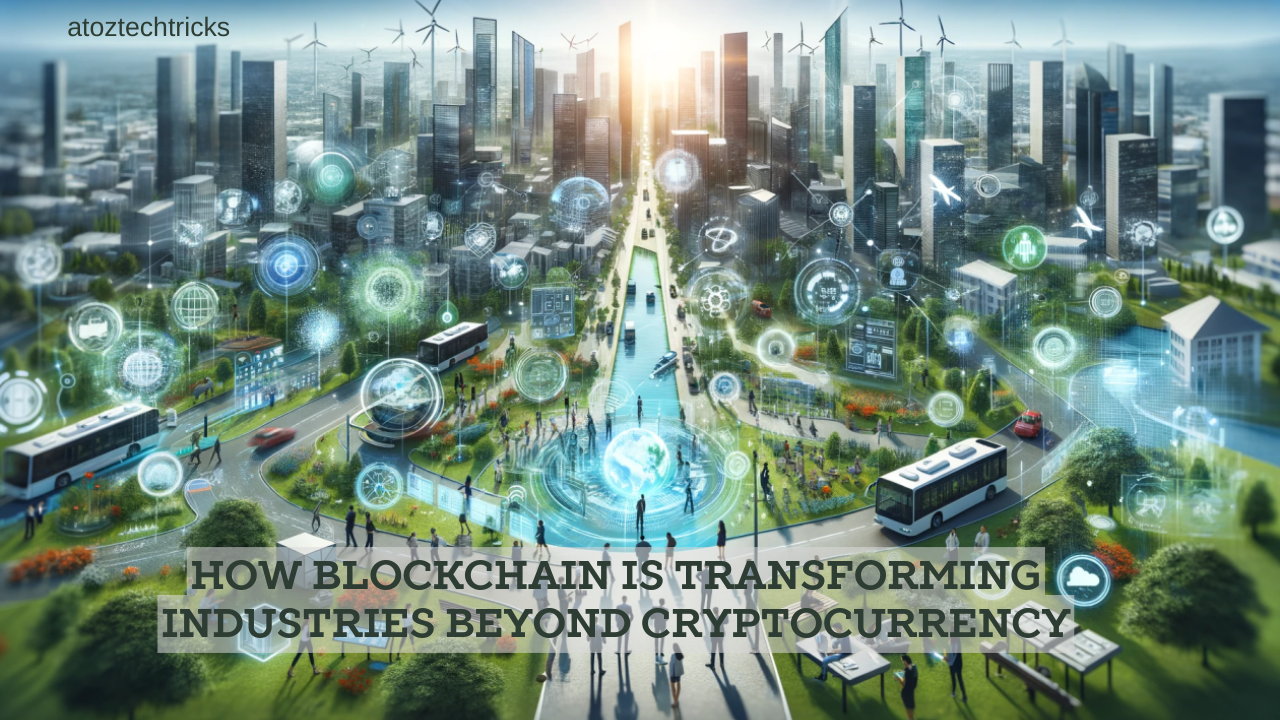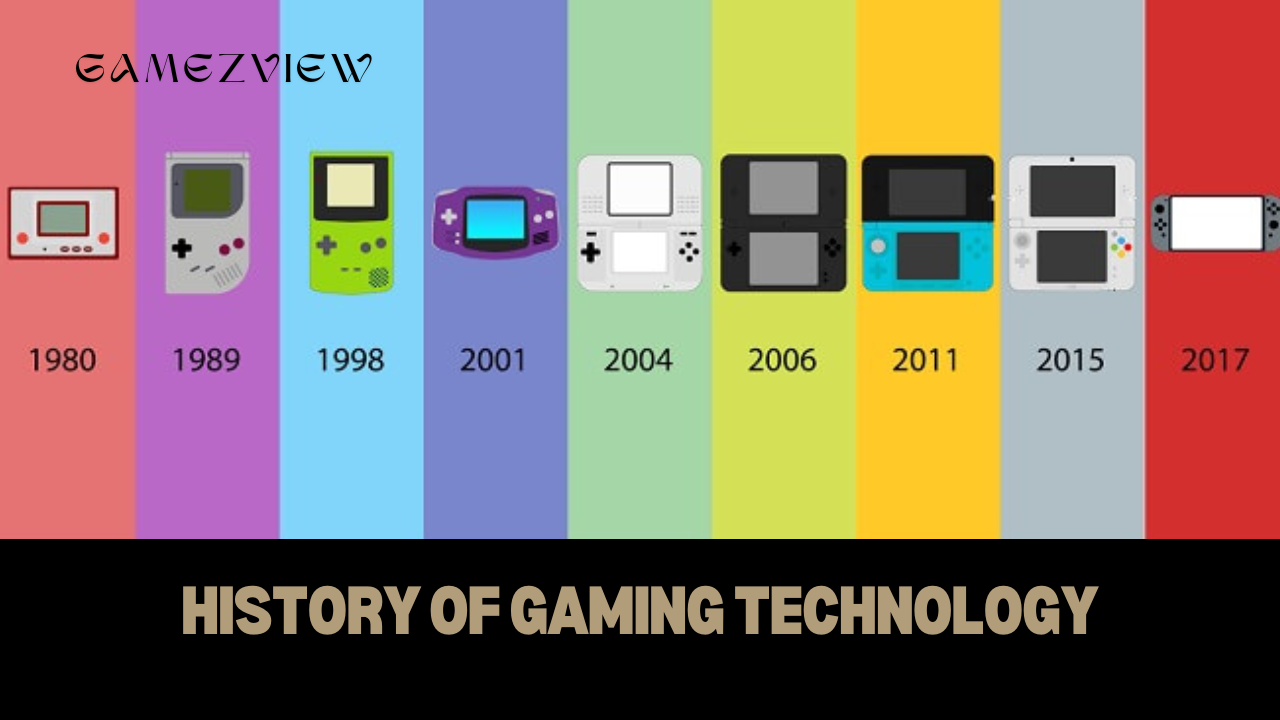As urban areas across the globe continue to expand, the concept of “smart cities” has emerged as a transformative solution to the challenges associated with urbanization. Smart cities leverage advanced technology to enhance the quality of life for their inhabitants, streamline city management, and promote sustainability. This article delves into the rise of smart cities, exploring their defining features, the benefits they offer, and the implications they hold for the future.
What is a Smart City?
A smart city is a modern urban area that uses digital technology to improve performance, and well-being, and drive economic growth while reducing costs and resource consumption. The key components of a smart city include:
- Internet of Things (IoT): IoT devices collect and share data from various sensors embedded throughout the city, such as traffic lights, waste bins, and weather stations. This data helps in real-time monitoring and decision-making.
- Big Data and Analytics: Large volumes of data generated by IoT devices are analyzed to gain insights into city operations, enabling more informed decisions and predictions.
- Connectivity: High-speed internet and wireless networks ensure seamless communication between devices and systems, facilitating the efficient functioning of smart city infrastructure.
- Automation: Automation technologies, including artificial intelligence (AI) and machine learning, optimize processes and systems, from traffic management to energy distribution.
- Sustainability: Smart cities focus on reducing their environmental footprint through energy-efficient buildings, renewable energy sources, and effective waste management systems.
The Evolution of Smart Cities
The concept of smart cities has evolved significantly over the past few decades. Initially, the term referred primarily to technological innovations in urban infrastructure. However, it has since expanded to encompass a broader vision of creating more livable, sustainable, and resilient urban environments. Key milestones in the evolution of smart cities include:
- Early Adopters: Cities like Singapore and Barcelona were among the first to implement smart technologies on a large scale, setting benchmarks for others to follow.
- Technology Integration: As technology advanced, smart cities began integrating a wide range of solutions, from smart grids and intelligent transportation systems to smart healthcare and governance platforms.
- Citizen Engagement: Modern smart cities emphasize citizen participation, using technology to gather feedback and involve residents in decision-making processes.
- Global Initiatives: Organizations such as the United Nations and the International Telecommunication Union have promoted the development of smart cities as part of their sustainable development goals.
Key Features of Smart Cities
- Smart Transportation: One of the most visible aspects of smart cities is their approach to transportation. Intelligent traffic management systems use real-time data to optimize traffic flow, reduce congestion, and minimize travel times. For example, smart traffic lights can adjust their timings based on current traffic conditions, while autonomous vehicles and ride-sharing platforms enhance mobility.
- Smart Energy Management: Energy efficiency is a cornerstone of smart cities. Smart grids use digital technology to monitor and manage energy consumption, integrating renewable energy sources and optimizing distribution. Smart meters provide real-time feedback to consumers, helping them reduce energy usage and costs.
- Smart Waste Management: Waste management in smart cities is enhanced by IoT sensors that monitor the fill levels of waste bins. This data helps optimize waste collection routes and schedules, reducing operational costs and environmental impact.
- Smart Healthcare: Telemedicine, remote monitoring, and AI-driven diagnostics are transforming healthcare in smart cities. Smart health systems enable real-time health data collection and analysis, improving patient outcomes and reducing the strain on healthcare facilities.
- Smart Governance: E-governance platforms facilitate transparent and efficient interactions between citizens and government agencies. Smart cities use digital platforms to streamline services such as permit applications, tax payments, and public inquiries, enhancing overall civic engagement.
- Smart Buildings: Buildings equipped with smart technology manage energy use, lighting, and security systems more efficiently. Smart buildings use sensors and automation to create comfortable, sustainable environments for occupants.
How Blockchain is Transforming Industries Beyond Cryptocurrency
Benefits of Smart Cities
- Enhanced Quality of Life: Smart cities improve the quality of life for residents by providing efficient public services, reducing pollution, and offering better healthcare and safety measures. The integration of technology into daily life makes urban living more convenient and enjoyable.
- Economic Growth: By attracting tech-savvy businesses and fostering innovation, smart cities stimulate economic growth. Investments in smart infrastructure create jobs and enhance the overall economic health of urban areas.
- Sustainability: Smart cities promote environmental sustainability through energy-efficient systems, waste reduction, and improved resource management. The use of renewable energy sources and green technologies contributes to a lower carbon footprint.
- Increased Efficiency: Automation and data-driven decision-making streamline city operations, reduce costs, and improve service delivery. Efficient management of resources and infrastructure leads to better overall performance.
- Resilience: Smart cities are better equipped to handle emergencies and adapt to changing conditions. Advanced monitoring systems and predictive analytics enable proactive responses to potential threats, such as natural disasters or security breaches.
Challenges Facing Smart Cities
- Privacy and Security: The extensive collection and analysis of data in smart cities raise concerns about privacy and security. Protecting sensitive information and preventing cyberattacks are critical challenges that need to be addressed.
- Digital Divide: Ensuring that all residents have equal access to smart city technologies is essential for preventing social inequality. Bridging the digital divide involves providing affordable internet access and digital literacy programs.
- High Costs: Implementing and maintaining smart city infrastructure can be expensive. Funding these projects requires careful planning and investment from both the public and private sectors.
- Integration Complexity: Integrating various technologies and systems into a cohesive smart city framework can be complex. Ensuring interoperability and managing multiple stakeholders are significant challenges.
- Data Management: Handling the vast amounts of data generated by smart city technologies requires robust data management strategies. Ensuring data accuracy, consistency, and usability is crucial for effective decision-making.
Exploring the Potential of Augmented Reality (AR) in Everyday Life
The Future of Smart Cities
The future of smart cities is poised for continued growth and transformation. Key trends and developments to watch include:
- Artificial Intelligence and Machine Learning: AI and machine learning will play an increasingly central role in smart cities, enabling more sophisticated data analysis, predictive modelling, and automation. These technologies will drive innovation in areas such as traffic management, healthcare, and public safety.
- 5G Connectivity: The rollout of 5G networks will enhance connectivity and data transmission speeds, supporting the deployment of advanced smart city applications. 5G technology will enable real-time communication between devices and improve overall system performance.
- Sustainable Practices: As environmental concerns grow, smart cities will focus on sustainability through green technologies, circular economy practices, and climate resilience strategies. The integration of renewable energy sources and eco-friendly solutions will become more prevalent.
- Citizen-Centric Design: Future smart cities will prioritize citizen engagement and inclusion, incorporating feedback and addressing the needs of diverse populations. User-centric design will ensure that smart city technologies benefit all residents.
- Global Collaboration: The development of smart cities will involve increased collaboration between governments, businesses, and research institutions. Global partnerships and knowledge sharing will drive innovation and address common challenges.
Case Studies: Examples of Successful Smart Cities
- Singapore: Singapore is a pioneer in smart city initiatives, with its Smart Nation program focusing on using technology to improve urban living. Key projects include smart traffic management, intelligent lighting systems, and an extensive network of sensors for data collection and analysis.
- Barcelona: Barcelona has implemented a range of smart technologies to enhance city life, including smart streetlights, a connected waste management system, and a comprehensive public transportation network. The city’s focus on citizen engagement and sustainability has set a benchmark for other urban areas.
- Amsterdam: Amsterdam’s smart city initiatives include smart grids, energy-efficient buildings, and innovative transportation solutions. The city’s efforts to integrate technology into urban planning and promote sustainability have garnered international recognition.
- Toronto: The Toronto Waterfront’s smart city project, in collaboration with Sidewalk Labs, aims to create a technologically advanced and sustainable urban environment. The project focuses on innovative infrastructure, public spaces, and digital services to enhance quality of life.

The rise of smart cities represents a significant shift in how urban areas are designed, managed, and experienced. By harnessing the power of technology, smart cities offer solutions to some of the most pressing challenges facing modern urban environments. From enhanced quality of life and economic growth to sustainability and resilience, the benefits of smart cities are substantial. However, addressing the associated challenges and ensuring equitable access to technology will be crucial for realizing the full potential of smart cities.
As technology continues to evolve, the future of smart cities holds immense promise. Continued innovation, collaboration, and a focus on citizen-centric design will shape the development of smart cities and their impact on the world. As we move towards this future, the vision of smart cities as vibrant, sustainable, and technologically advanced urban spaces will become increasingly tangible, transforming the way we live, work, and interact in the modern world.





